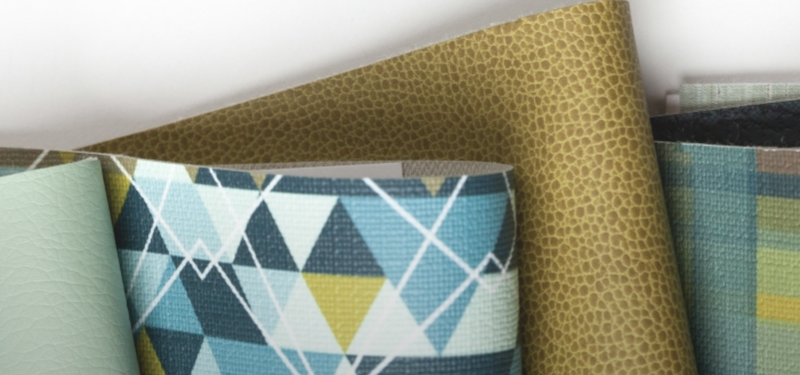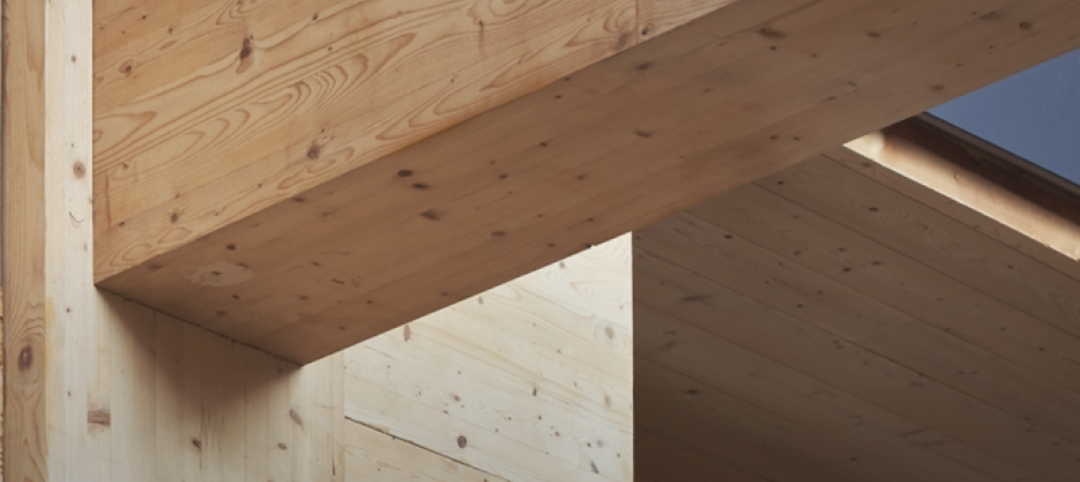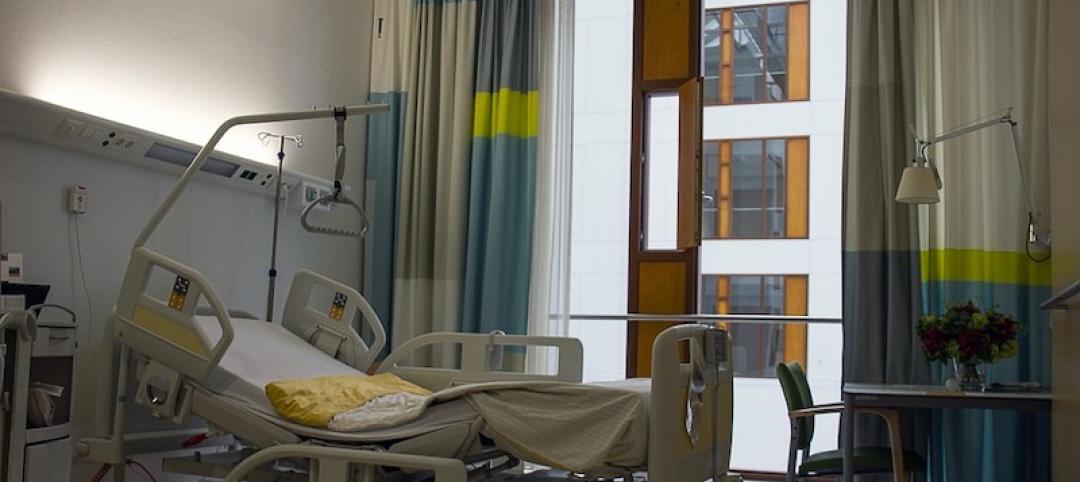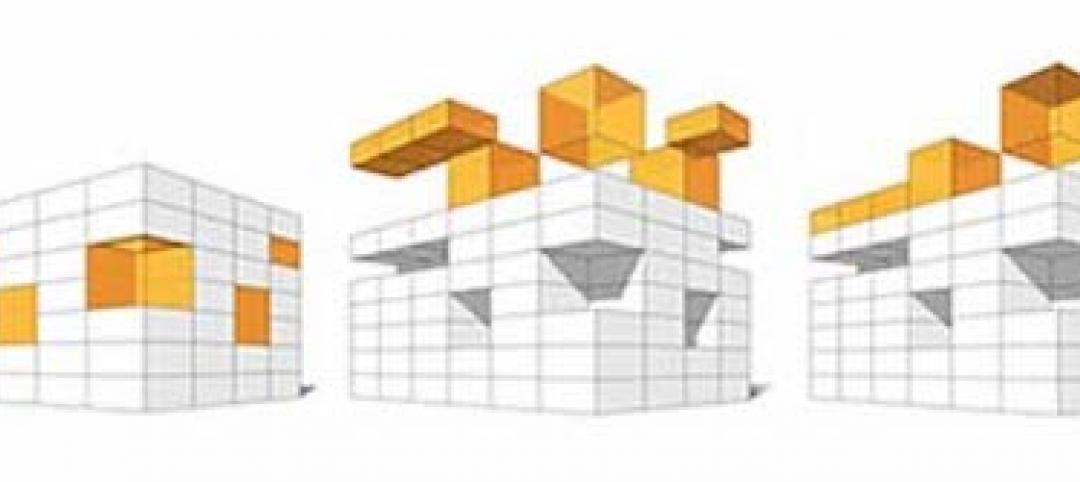In light of the COVID-19 pandemic, cleaning, sanitizing and disinfecting surfaces, including performance-based textiles, has become a major concern in all industries. Healthcare designers are accustomed to working with environmental services and infection control departments for cleaning protocols. Now, our colleagues across the design spectrum are faced with the challenge of specifying textiles that will withstand harsher cleaning agents prone to damage and degrade textiles.
HDR has a longstanding partnership with Architex Fabrics and its subsequent Remedé textile collection. While the genesis of the Remedé collection was developed around healthcare design, the collection is also appropriate for many different settings due to both its performance in durability and cleaning. The conversations around cleaning and durability, central to every Remedé textile development, are also questions that can guide every designer in their textile selection.
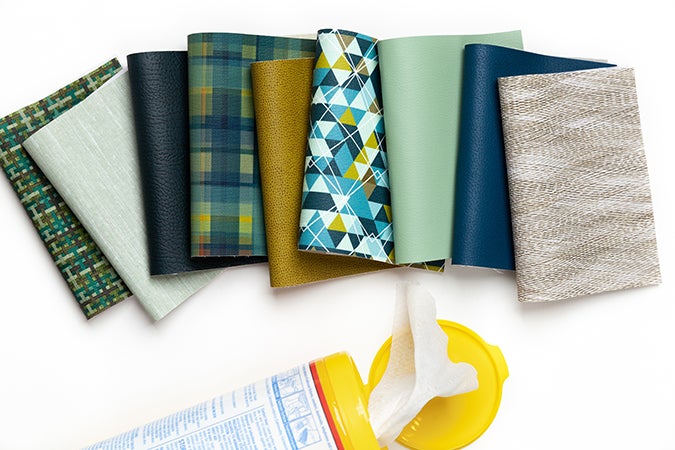 Architex Fabrics, Remedé textile collection.
Architex Fabrics, Remedé textile collection.
Four Essential Questions to Ask Before Textile Specifications
1.) What types of cleaners and disinfectants are used throughout the facility and what are their active ingredients?
It is essential for both designers and environmental services to know the active ingredient(s) of the cleaning products being used within the facility. Be sure to factor in any areas where multiple types of cleaners are used on the same surface. The majority of disinfectant cleaners can now be categorized into seven active ingredients or processes as their base for efficacy (proof of kill). To identify the active ingredient of a cleaner, simply look at Section 3 of its SDS sheet (none for UV-C Light). These ingredients provide efficacy for the various chemical products used.
7 common active ingredients in disinfectant cleaners:
- Acid-Based
- Alcohol-Based
- Bleach (aka sodium hypochlorite)-Based
- Peroxide-Based
- Phenolic-Based
- Quaternary Ammonium-Based
- UV-C Light-Based
Knowing the active ingredient will help ensure proper textile specification and maintenance. In addition, working with environmental services will also reveal if multiple cleaners are being used within the same space or surfaces. The ability to identify various cleaners with the same or different active ingredients used within an environment will assist in determining textile specification requirements (and to make sure your selections are approved for all active ingredients utilized).
2.) What is the frequency of cleaning and by what method?
Methods may include:
- Wipes
- Sprays
- Foggers
- UV-C lights
- Other
3.) Is cleaning, sanitization or disinfection required?
The CDC defines the difference between cleaning, sanitizing and disinfection as the following:
Cleaning removes germs, dirt, and impurities from all surfaces or objects. Cleaning works by using soap (or detergent) and water to physically remove germs from surfaces. This process does not necessarily kill germs, but by removing them, it lowers their numbers and the risk of spreading infection.
Sanitizing lowers the number of germs on porous surfaces or objects to a safe level, as judged by public health standards or requirements. This process works by either cleaning or disinfecting surfaces or objects to lower the risk of spreading infection.
Disinfecting kills germs on non-porous surfaces or objects. Disinfecting works by using chemicals to kill germs on surfaces or objects. This process does not necessarily clean dirty surfaces or remove germs, but by killing germs on a surface after cleaning, it can further lower the risk of spreading infection.
Cleaning is required prior to sanitizing or disinfecting any surface, including textiles.
Step 1: Clean
Step 2: Sanitize (porous surfaces - woven textiles)
OR
Step 2: Disinfect (non-porous surfaces - non-woven textiles)
In general, woven upholstery textiles are porous and therefore can only be sanitized. You cannot obtain the same level of disinfection as non-woven material due to the nature of soft surfaces — even when using disinfectants for upholstery. Use sanitizing cleaners approved for porous, soft surfaces only to prevent damage and/or disintegration of the textile. Textiles that are non-porous, such as non-wovens (ex: polyurethane, silicone, vinyl), are disinfectable. For privacy curtains, launder to CDC’s recommendation of 160° F.
Disinfecting for COVID-19: The EPA has declared their Emerging Pathogen Policy active for COVID-19. This policy happens when a new strain of a virus or bacteria presents itself, in the way the SARS virus did a few years ago. Under this policy, only EPA registered disinfectants that contain both the Human Coronavirus and SARS claim should be used to kill COVID-19.
4.) How can I make sure the fabrics I select will endure these aggressive cleaning protocols without damage or degradation?
Before specification, ensure that the selected fabrics have sustained rigorous durability testing with cleaner products. Remember, not all cleaning tests are created equal; some tests pass fabrics after one application, others after up to 4,000 applications. Once a test report is received, review the test method to determine the rigor of the test, what constitutes a ‘passing grade,’ as well as if the test is based on superficial surface evidence (color bleaching) or if it has been further tested to ensure that the cleaner did not degrade its hydrolytic stability (for non-wovens) or tensile strength (for wovens).
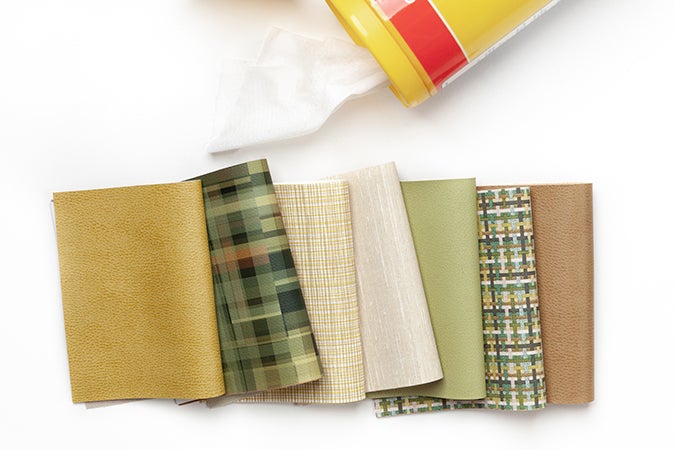 Architex Fabrics, Remedé textile collection.
Architex Fabrics, Remedé textile collection.
Ready, Set, Spec!
Armed with the above essential questions, a designer can now appropriately make textile selections best suited for the environment and cleaning regime. It’s also important to research whether a supplier has engaged a third party testing lab to administer their durability to cleaner testing and to ask what a “passing grade” for those tests involve. For example, at Architex, a textile with a passing grade undergoes rigorous (e.g., 4,000) cleaning cycles, which is the equivalent to 11 cleanings per day for a year. In addition, fabrics are tested before and after to safeguard that degradation of the fabric performance has not been compromised from the cleaning agent.
More from Author
HDR | Jun 30, 2022
Adopting a regenerative design mindset
To help address the current climate emergency, a new way of thinking across the entire architecture, engineering and construction industry is imperative.
HDR | Jan 11, 2022
Designing for health sciences education: supporting student well-being
While student and faculty health and well-being should be a top priority in all spaces within educational facilities, this article will highlight some key considerations.
HDR | Sep 28, 2021
Designing for health sciences education: Specialty instruction and human anatomy labs
It is a careful balance within any educational facility to provide both multidisciplinary, multiuse spaces and special-use spaces that serve particular functions.
HDR | Aug 20, 2021
Prioritizing children’s perspectives with play-based design charrettes
Every effort is made to assure that captured insights and observations are authentically from the children.
HDR | Jan 27, 2020
Elevating the human experience in public realm infrastructure
Understanding the complexities of a community by pairing quantitative data and human needs.
HDR | Oct 2, 2019
Why mass timber?
In a world where the construction industry is responsible for 40% to 50% of CO2 emissions, renewable materials, such as wood, can help mitigate the rate of global warming.
HDR | Aug 23, 2019
5 converging trends for healthcare's future
Our solutions to both today’s and tomorrow’s challenges lie at the convergence of technologies, industries, and types of care.
HDR | Dec 18, 2018
Redesigning the intergenerational village: Innovative solutions for communities and homes of the future
Social sustainability has become a central concern in terms of its effect that spans generations.
HDR | Jun 8, 2018
Data is driving design for education
In gathering this constant flow of data and recognizing the shifting trends, how can educational institutions make informed choices and smart design decisions that lead to higher efficiency and improved control over capital budgets?

